|
I have been shooting with the Canon EF 200-400 f4 IS with my 7D for a little while now. The results are getting better. One weekend I hastily checked the tide timings for a beach about an hours drive away and left with the Canon EF 200-400 f4 IS and the monopod. This beach is mostly rocky and deserted. This time of the year you get a few wader species at low tide feeding in the shallow rock pools, but you have to get the tide time right. When I reached the beach I was a bit disheartened to see that the tide was at its lowest and the water and the birds were far out. The shallow rock pools were deserted. I could see a few gulls and Godwits in the distance but no Oystercatchers which I was hoping to see and photograph. I had got the light right but in my haste the tide time wrong. Since I was already there, I decided to wait and see if I could find anything worth photographing. While scanning the shoreline with my binoculars, I noticed that the Godwits were in the mud flats away from the rocky portion of the beach. I was reluctant to go with the big Canon EF 200-400 f4 IS as the soft mud is very slippery, standing in one place one slowly starts sinking in and to make matters worse the monopod with the heavy Canon EF 200-400 f4 IS, on top of it, sinks even deeper. I then noticed a big bird resembling a bird of prey close flying close to the ground. It turned out to be an Osprey [Pandion haliaetus] . These birds can be spotted flying over water and are always found near water bodies as their diet is predominantly fish. I wondered what it was doing flying so low over rocky ground. It flew across, swung up and perched on wooden posts some distance away. Watching it through my binoculars, it did not seem to be in a hurry and made itself comfortable. Pulling one leg up and tucking it away, it kept surveying its surroundings standing on one leg. I decided to try my luck with getting few shots of the Osprey.There was no cover between the bird and I. This was the first time I was carrying the Canon EF 200-400 f4 IS over slippery and uneven ground. I slowly made my way at an angle to its perch keeping one eye on it and the other on the ground under my feet. One false step and the Canon EF 200-400 f4 IS would be on the hard rocks along with me. As I got closer, I put the monopod on the ground and hid my face behind the camo covered lens. My dull coloured attire also helped. Every time the Osprey looked the other way I moved a few steps ahead and stopped. The progress was very slow but eventually I was close enough so that the bird was filling half the frame with the TC [tele converter] engaged. I started shooting and only then did I notice the wind. Trying to hold the AF point where I wanted as I was being pushed by strong gusts of wind was a challenge. The big lens hood provided more wind resistance, moving the whole setup. I tried edging closer while keeping myself hidden behind the lens but didn’t get too far as I did not want to disturb the bird. So far it had been cooperating nicely. I kept a close watch on the Osprey’s body language. It was very relaxed and once in a while it would bring down its other leg and then up again. It was at an angle to me [not exactly parallel to the camera] and every time it looked my way, I took a shot. It started preening itself with the wind ruffling its feathers. All the time while preening it had it eyes always shut [as you can see from the photo below] and looked fresh and alert at the end of it. With it’s rest over it flew away with it’s back to me.
4 Comments
It's hardly rocket science, but the best way to photograph bird & wildlife is to be out there in the nature where the birds and animals are. Sitting at home admiring your gear does not get you the shots you are after.
To put preaching into practice, whenever I have some spare time on my hands, nothing else planned and the weather is not inclement I grab my gear and head out even, if it is to something as non exotic as one of the local water bodies or reserves. You will be surprised at the opportunities that present themselves by just being out there. I have been pleasantly surprised many times and that was just due to me getting off my backside and being out there. One such afternoon I headed out to a water body close by to see what was around. I made myself comfortable on the grass with the gear handy, just soaking in the atmosphere. It was warm & tranquil under the clear blue sky. A few sacred ibises were flying overhead, a pelican was soaring high on the thermals. Dusky swamp hens were going about their business along the waters edge & a lone pied cormorant was drying it’s out-stretched wings on a dead tree in the distance. Lorikeets and other birds could be heard amongst the trees. I was happy just lazing there and watching the world go by. There was just not enough inducement for me to grab the gear and start shooting. I must have been sitting there for the better part of an hour when out of the corner of my eye I saw a white bird flying low heading in my direction. Engrossed in watching the antics of the swamp hens and masked lapwings I did not pay much attention thinking it was just another ibis. The bird glided down and landed in the shallow water in front of me. It wasn't just another ibis but a yellow billed spoonbill that I was looking at. Now here was an opportunity that had presented itself and now it was up to me to make the most of it. It glanced around and immediately commenced feeding in the shallows sweeping its bill from side to side in true spoonbill fashion. The Yellow billed Spoonbill [Platalea flavipes] is usually more solitary than the other species Royal Spoonbill found in Australia. It is found throughout the country except the dry deserts. It gets its name from the colour of its spoon shaped bill which is yellow whereas the Royal Spoonbills is black [Please see photos below & also birds gallery for comparison - Royal spoonbill not shot with Canon 200-400 f4]. Its legs are also yellow. In breeding plumage, there is a thin black line separating its face from the white head, it has black lacy feathers on its back and long feather hackles grow on its chest. The body is dirty white or creamy in colour and not white like the Royal Spoonbills. I watched for a while and once it had settled into feeding, I grabbed the Canon 200-400 f4 & 7D which was on the picnic blanket by my side and mounted it on the monopod. I like to photograph birds at their eye level so there was no need to extend the collapsed monopod, the height was just right for shooting. Having checked the settings, I cautiously butt crawled at an angle towards the spoonbill who was fully engrossed in feeding. As I edged closer to the bird and the water, the grass grew thicker & I could feel water slowly seeping through my trouser bottom. The grass closer to the edge clearly held a lot of water. Through the Canon 200-400 f4 I could clearly make out the feather detail of the bird, the black plumes towards it’s tail & the pale bluish eyes and also the markings on its beak. The spoonbill would go from left to right probing the bottom and coming up from time to time with a beak full and then it would walk back from right to left again repeating the process. With a quick glance at the histogram & keeping a lookout for blinkies I kept shooting. I am now getting used to the Canon 200-400 f4 now and the results are getting better. Cannot fault the colours, IQ or the sharpness. It snaps into focus [It would surely focus better with a body having the latest autofocus module]. The spoonbill kept feeding for a while before deciding that there was a better feeding spot on the other side of the water body. I had got my shots, the spoonbill had made my day. Putting the theory, of getting out where the birds were likely to be, into practice had worked as it had many times before. My pant seat was now thoroughly wet. A wet bottom was but a small price to pay for lovely photos of the spoonbill. |
Archives
October 2017
Categories
All
|
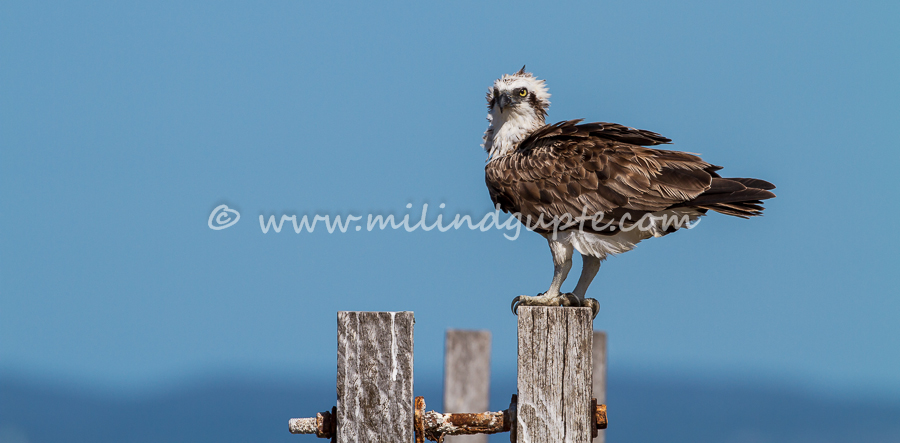
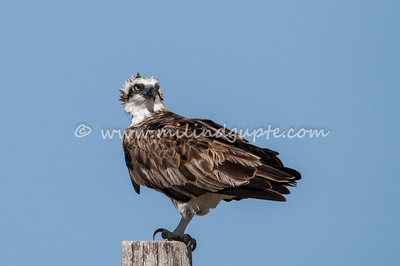
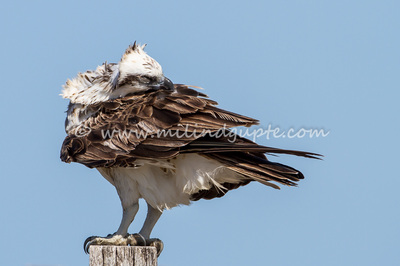
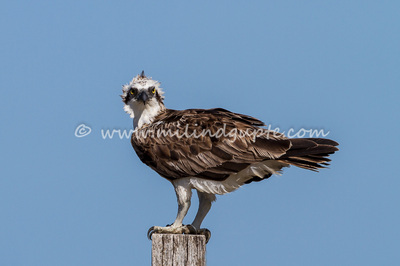
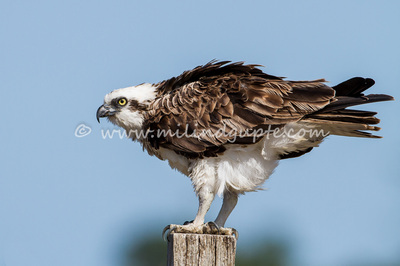
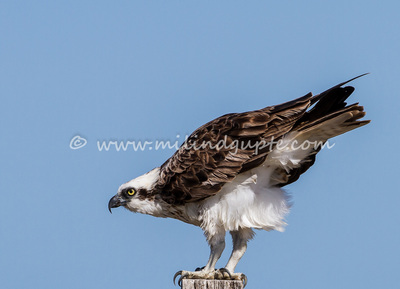
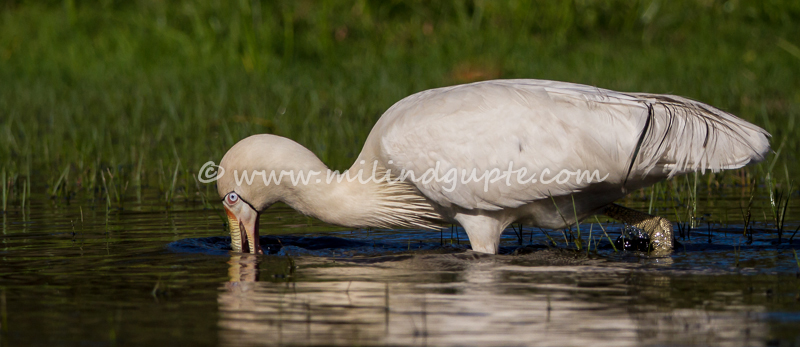
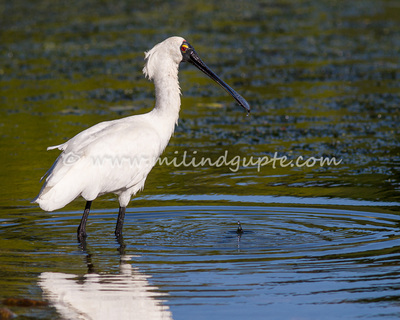
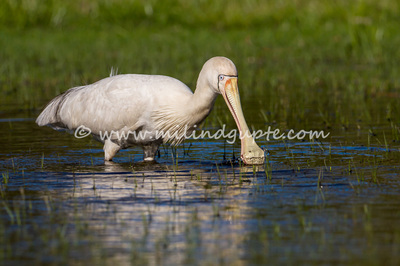
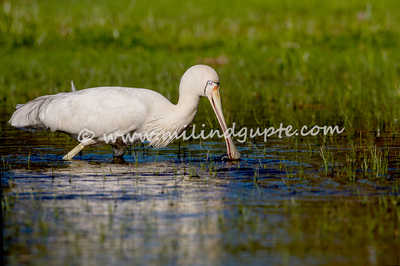
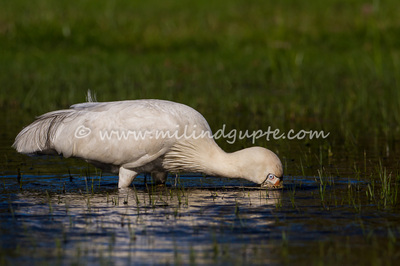
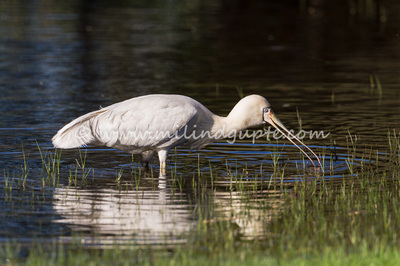
 RSS Feed
RSS Feed
